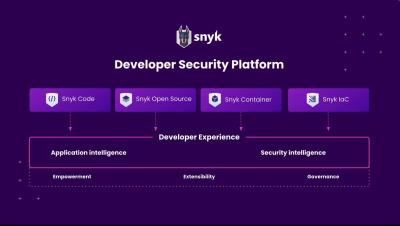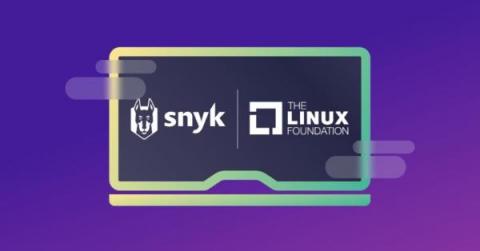Buffer overflow attacks in C++: A hands-on guide
A buffer overflow is a type of runtime error that allows a program to write past the end of a buffer or array — hence the name overflow — and corrupt adjacent memory. Like most bugs, a buffer overflow doesn’t manifest at every program execution. Instead, the vulnerability is triggered under certain circumstances, such as unexpected user input.











